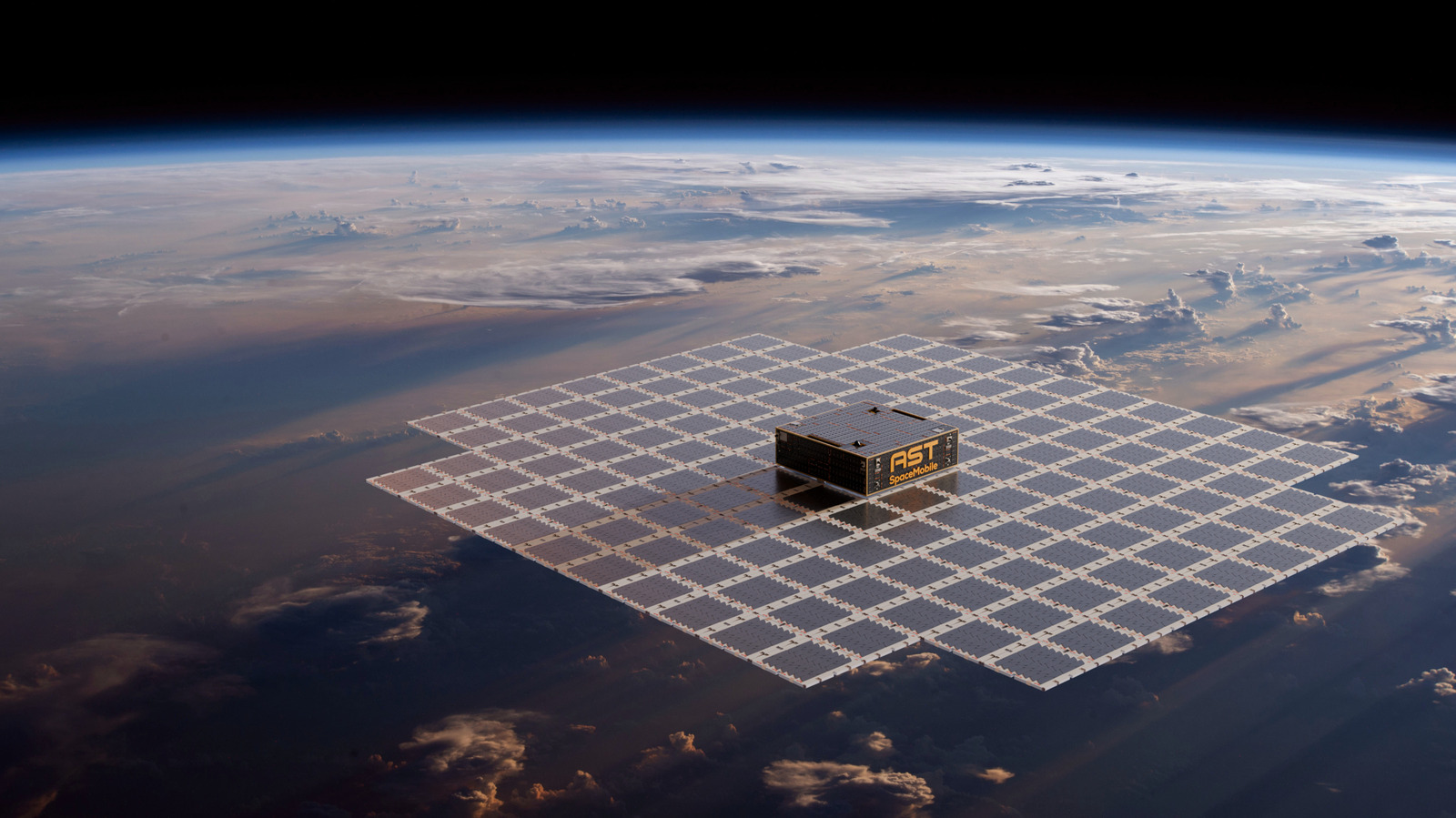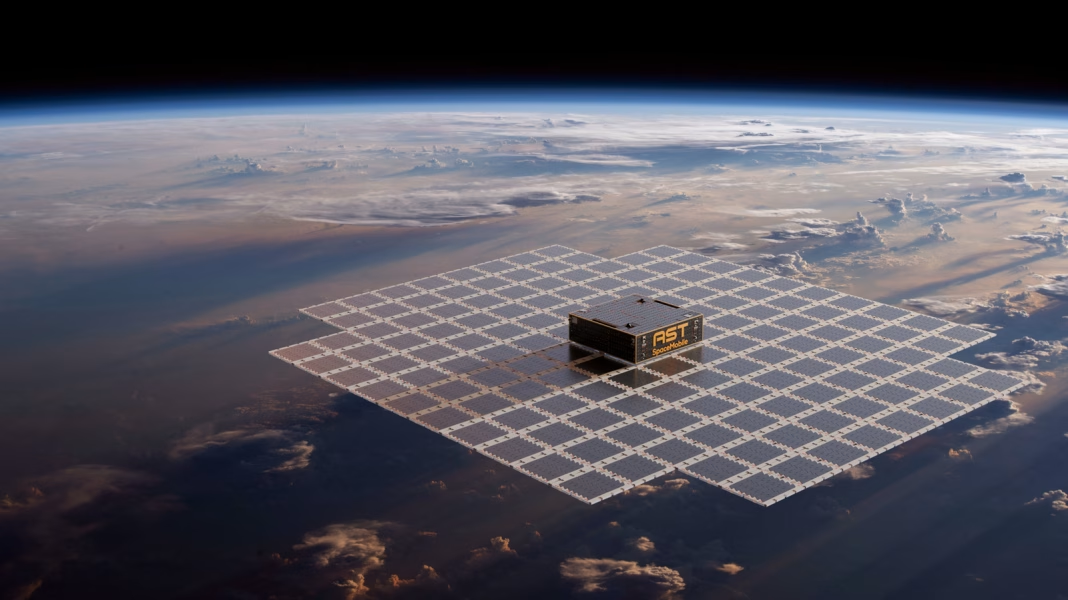Why Are SpaceX and AST SpaceMobile at Odds Over Satellite Size?
SpaceX and AST SpaceMobile have found themselves in a bit of a standoff, and it all comes down to the size of satellites. AST SpaceMobile’s new satellites are massive—imagine something the size of a tennis court floating above your head. That’s not just big for space; it’s big enough to be seen with the naked eye from the ground. SpaceX, which has launched thousands of its own Starlink satellites, is raising concerns about what this means for everyone else sharing Earth’s orbit.
What’s the Real Issue With Large Satellites in Orbit?
When you picture satellites, you probably think of small, high-tech gadgets quietly circling the globe. But as companies push for more powerful space-based internet, the hardware is getting bigger. AST SpaceMobile’s satellites are designed to beam broadband directly to smartphones, which means they need large antennas to cover wide areas.
SpaceX argues that these giant satellites could crowd already busy orbital lanes, making it harder to maneuver and avoid collisions. According to the European Space Agency, there are over 30,000 pieces of debris larger than 10 centimeters already in orbit, and the number keeps growing. Add in a few tennis-court-sized satellites, and the risk of accidents jumps. One collision can create thousands of new debris fragments, threatening other satellites and even the International Space Station.
Will These Satellites Really Be Visible From the Ground?
It might sound like science fiction, but yes—AST SpaceMobile’s satellites could be bright enough to spot with the naked eye. That’s a big deal for astronomers, who already struggle with the glare from smaller satellites. The International Astronomical Union has warned that bright satellites can interfere with telescopes, making it harder to study distant galaxies or spot asteroids heading our way.
There’s also the question of light pollution. If you’re a stargazer, you might notice more moving dots streaking across the night sky. For some, it’s a minor annoyance. For professional observatories, it’s a real headache. In 2023, a study published in Nature Astronomy found that satellite trails already affect up to 30% of images taken by major observatories. Larger, brighter satellites could make this problem worse.
How Are Regulators Responding to the Satellite Boom?
With so many companies launching satellites, regulators are scrambling to keep up. The Federal Communications Commission (FCC) in the United States has started to tighten rules around satellite launches, requiring companies to have detailed plans for avoiding collisions and cleaning up defunct satellites. The United Nations Office for Outer Space Affairs is also pushing for more international cooperation on space traffic management.
SpaceX’s complaints to regulators aren’t just about competition—they’re about safety and sustainability. If one company’s satellites are too big or too bright, it could set a precedent that makes space more dangerous and less accessible for everyone.
Is There Room for Compromise Between Innovation and Safety?
It’s easy to see both sides. AST SpaceMobile wants to expand global internet coverage, especially in places where traditional cell towers can’t reach. That’s a game-changer for rural communities and developing countries. But SpaceX and others worry that unchecked growth could turn low Earth orbit into a cosmic traffic jam.
Some experts suggest that companies could work together on satellite design standards, share tracking data, or even coordinate launch schedules. The European Space Agency has called for a “zero debris” policy by 2030, encouraging companies to deorbit old satellites before they become hazards.
What Does This Mean for the Future of the Night Sky?
If you love looking up at the stars, you might start seeing more satellites than ever before. Some people find it inspiring—a sign of human progress. Others worry that we’re losing touch with the natural night sky. Either way, the choices made by companies like SpaceX and AST SpaceMobile will shape what we see overhead for decades to come.
The big takeaway? Managing space isn’t about perfection—it’s about smarter adjustments. Start with one change this week, and you’ll likely spot the difference by month’s end. Whether you’re an industry insider or just someone who loves stargazing, the future of our skies depends on finding that balance.


